Maryam Dialameh
E2E-Swin-Unet++: An Enhanced End-to-End Swin-Unet Architecture With Dual Decoders For PTMC Segmentation
Oct 23, 2024Abstract:Efficiently managing papillary thyroid microcarcinoma (PTMC) while minimizing patient discomfort poses a significant clinical challenge. Radiofrequency ablation (RFA) offers a less invasive alternative to surgery and radiation therapy for PTMC treatment, characterized by shorter recovery times and reduced pain. As an image-guided procedure, RFA generates localized heat by delivering high-frequency electrical currents through electrodes to the targeted area under ultrasound imaging guidance. However, the precision and skill required by operators for accurate guidance using current ultrasound B-mode imaging technologies remain significant challenges. To address these challenges, we develop a novel AI segmentation model, E2E-Swin-Unet++. This model enhances ultrasound B-mode imaging by enabling real-time identification and segmentation of PTMC tumors and monitoring of the region of interest for precise targeting during treatment. E2E-Swin- Unet++ is an advanced end-to-end extension of the Swin-Unet architecture, incorporating thyroid region information to minimize the risk of false PTMC segmentation while providing fast inference capabilities. Experimental results on a real clinical RFA dataset demonstrate the superior performance of E2E-Swin-Unet++ compared to related models. Our proposed solution significantly improves the precision and control of RFA ablation treatment by enabling real-time identification and segmentation of PTMC margins during the procedure.
Screening COVID-19 Based on CT/CXR Images & Building a Publicly Available CT-scan Dataset of COVID-19
Dec 29, 2020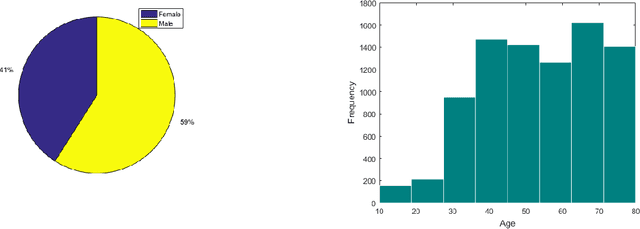
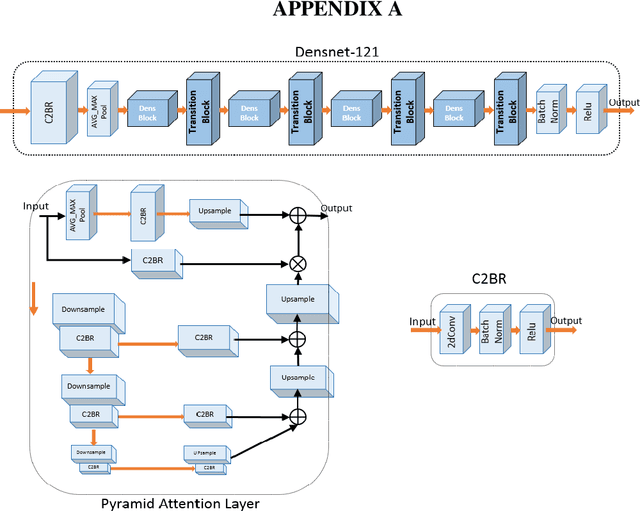
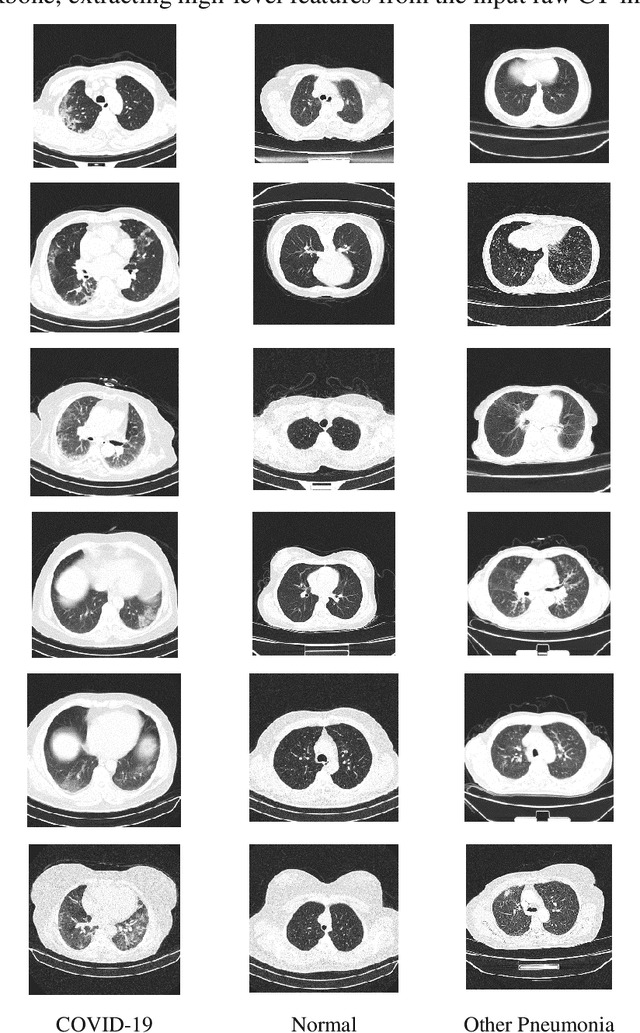

Abstract:The rapid outbreak of COVID-19 threatens humans life all around the world. Due to insufficient diagnostic infrastructures, developing an accurate, efficient, inexpensive, and quick diagnostic tool is of great importance. As chest radiography, such as chest X-ray (CXR) and CT computed tomography (CT), is a possible way for screening COVID-19, developing an automatic image classification tool is immensely helpful for detecting the patients with COVID-19. To date, researchers have proposed several different screening methods; however, none of them could achieve a reliable and highly sensitive performance yet. The main drawbacks of current methods are the lack of having enough training data, low generalization performance, and a high rate of false-positive detection. To tackle such limitations, this study firstly builds a large-size publicly available CT-scan dataset, consisting of more than 13k CT-images of more than 1000 individuals, in which 8k images are taken from 500 patients infected with COVID-19. Secondly, we propose a deep learning model for screening COVID-19 using our proposed CT dataset and report the baseline results. Finally, we extend the proposed CT model for screening COVID-19 from CXR images using a transfer learning approach. The experimental results show that the proposed CT and CXR methods achieve the AUC scores of 0.886 and 0.984 respectively.
DL-Reg: A Deep Learning Regularization Technique using Linear Regression
Nov 03, 2020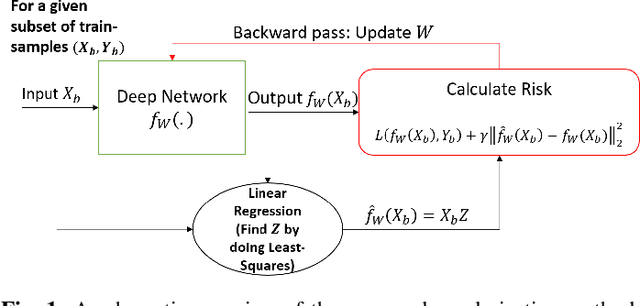
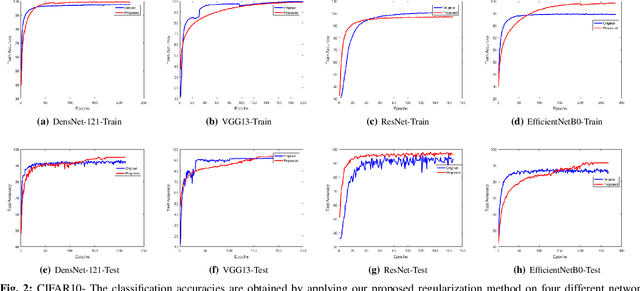
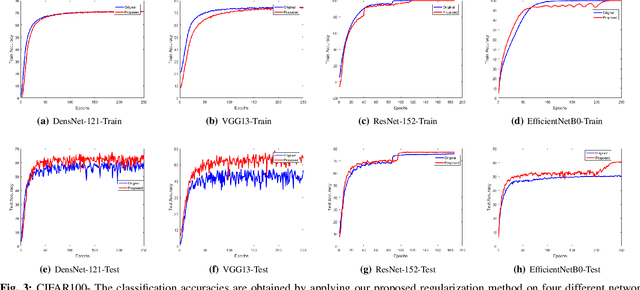
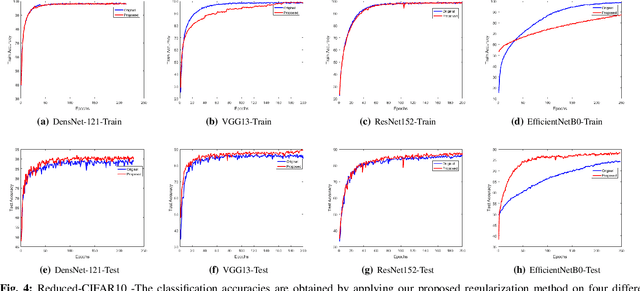
Abstract:Regularization plays a vital role in the context of deep learning by preventing deep neural networks from the danger of overfitting. This paper proposes a novel deep learning regularization method named as DL-Reg, which carefully reduces the nonlinearity of deep networks to a certain extent by explicitly enforcing the network to behave as much linear as possible. The key idea is to add a linear constraint to the objective function of the deep neural networks, which is simply the error of a linear mapping from the inputs to the outputs of the model. More precisely, the proposed DL-Reg carefully forces the network to behave in a linear manner. This linear constraint, which is further adjusted by a regularization factor, prevents the network from the risk of overfitting. The performance of DL-Reg is evaluated by training state-of-the-art deep network models on several benchmark datasets. The experimental results show that the proposed regularization method: 1) gives major improvements over the existing regularization techniques, and 2) significantly improves the performance of deep neural networks, especially in the case of small-sized training datasets.
 Add to Chrome
Add to Chrome Add to Firefox
Add to Firefox Add to Edge
Add to Edge